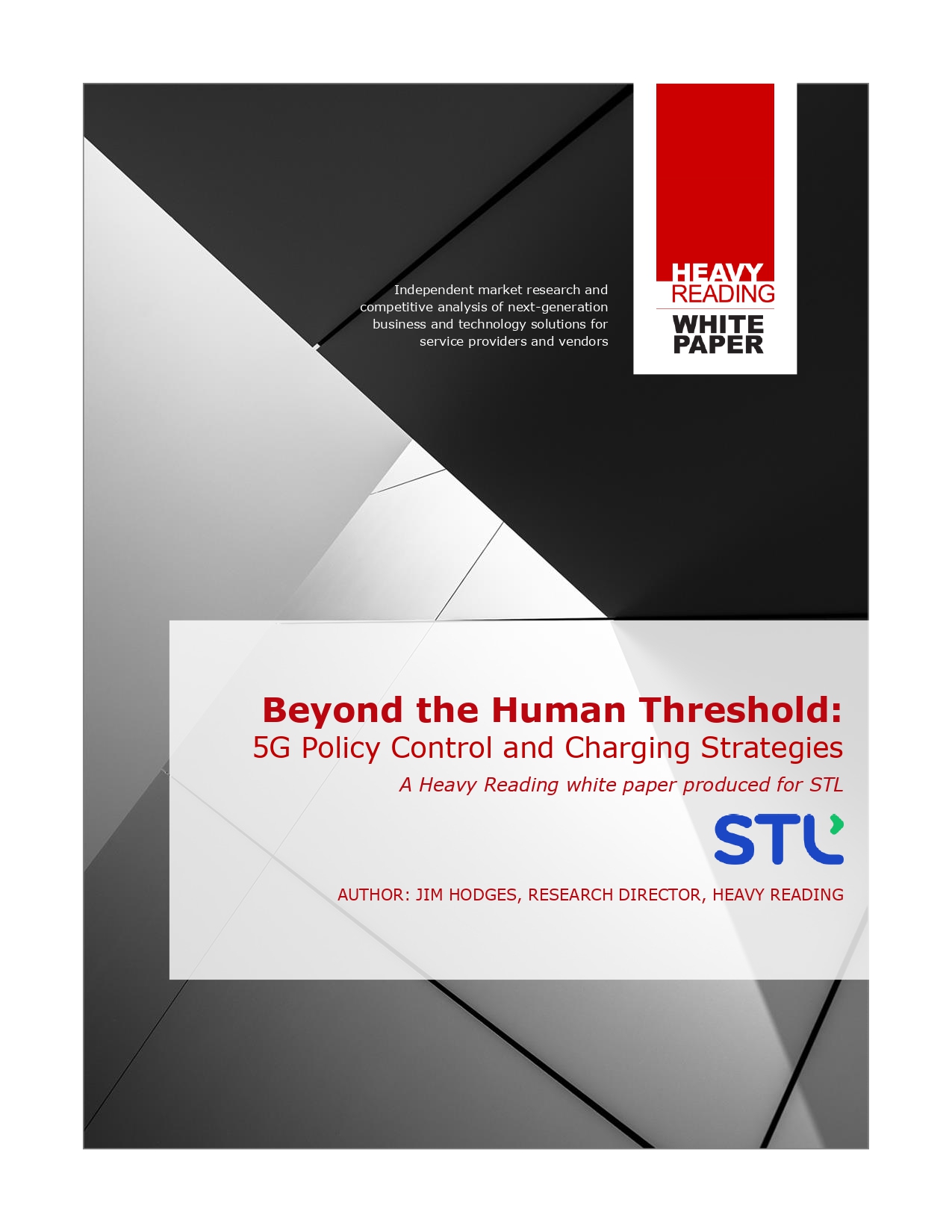INTRODUCTION
As 5G network deployments continue to ramp up, communications service providers (CSPs) continue to look for new ways to extract value from their core networks and radio access networks (RANs). A vital element of this exercise will be how to achieve further service differentiation from previous mobile generations such as 4G.
While this process will be gradual, the 5G core (5GC), which adopts a services-based architecture (SBA) that supports application programming interface (API) exposure, will drive the next wave of mobile service innovation. Two key components critical to the process of monetizing 5G innovative services are policy control and charging. While both have always been important in mobile networks, they will play an even greater role in 5G due to the additional policy and charging requirements of these complex 5G services.
This white paper documents the foundational role that policy control and charging play in the delivery and monetization of complex high value 5G use cases.
THE EVOLUTION OF POLICY CONTROL AND CHARGING
Since 5G standards define a new 5GC network based on cloud native architecture, functions such as policy control and charging that reside in the core differ significantly from 4G networks. In 4G core networks, policy and charging capabilities are supported by the policy and charging rules function (PCRF), application function (AF), online charging system (OCS), and offline charging system (OFCS), which utilize Diameter interfaces.
In contrast, in the 5GC realm, policy and charging are supported by the policy control function (PCF), AF, and charging function (CHF). These functions utilize HTTP/2 protocolbased control plane interfaces referred to as service-based interfaces (SBIs). Figure 1 illustrates how these functions are mapped between 4G and 5G networks.



